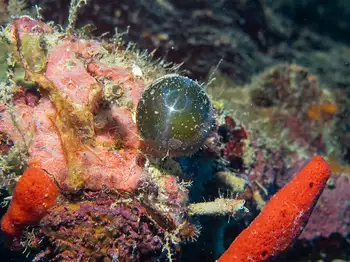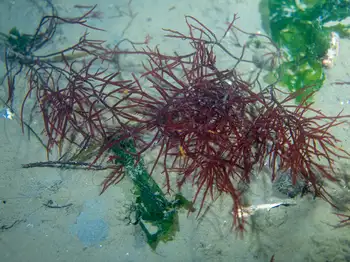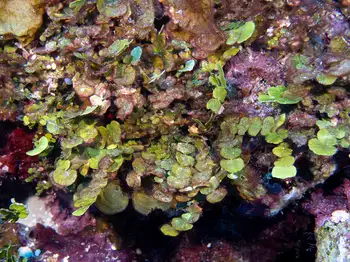Chromista is a proposed but possibly polyphyletic biological kingdom consisting of single-celled and multicellular eukaryotic species that share similar features in their photosynthetic organelles (plastids). It includes all "protists" whose plastids are surrounded by four membranes and contain chlorophyll c, such as some "algae", diatoms, oomycetes, and certain "protozoans". As it is assumed that that ancestor already possessed chloroplasts of red algal origin (secondary endosymbiosis), the non-photosynthetic forms evolved from ancestors able to perform photosynthesis. Its members might have arisen independently as separate evolutionary groups from the last eukaryotic common ancestor. Chromista as a taxon was created by the British biologist Thomas Cavalier-Smith in 1981 to differentiate some "protists" (namely heterokonts, haptophytes and cryptophytes) from typical protozoans and plants. According to Cavalier-Smith, the kingdom originally included mostly algae, but his later analyses indicated that many "protozoa" also belong to the new group. As of 2018, the kingdom is nearly as diverse as kingdoms Plantae and Animalia, consisting of eight phyla. Notable members include marine algae, potato blight, dinoflagellates, Paramecium, the brain parasite Toxoplasma, and the malarial parasite Plasmodium. However, Cavalier-Smith's hypothesis of chromist monophyly is not universally supported. Other researchers consider it more likely that some "chromists" acquired their plastids by "enslaving" another "chromist" instead of inheriting them from a common ancestor.
Chromista. Retrieved May, 22 2023, from en.wikipedia.org/wiki/Chromista.



